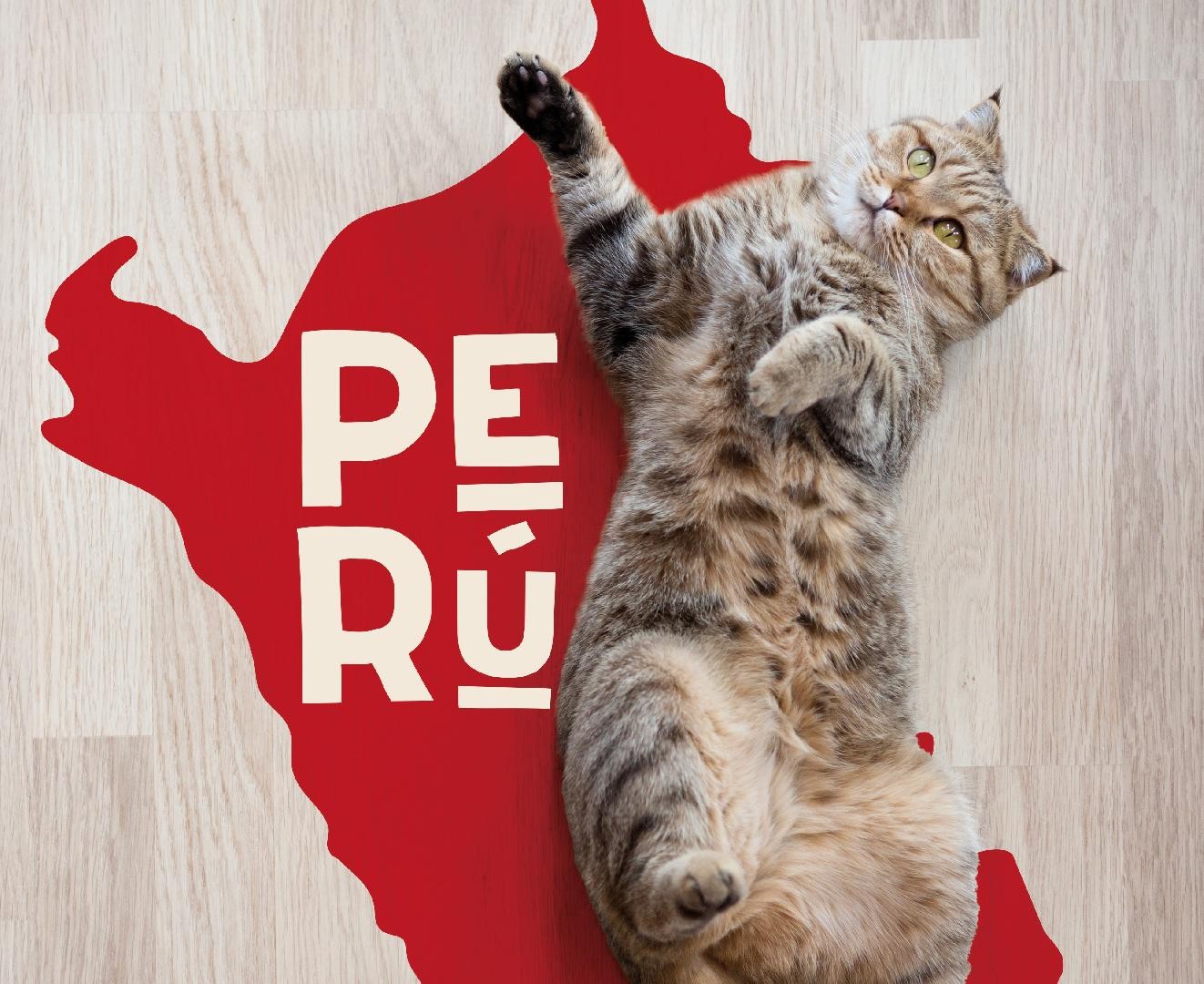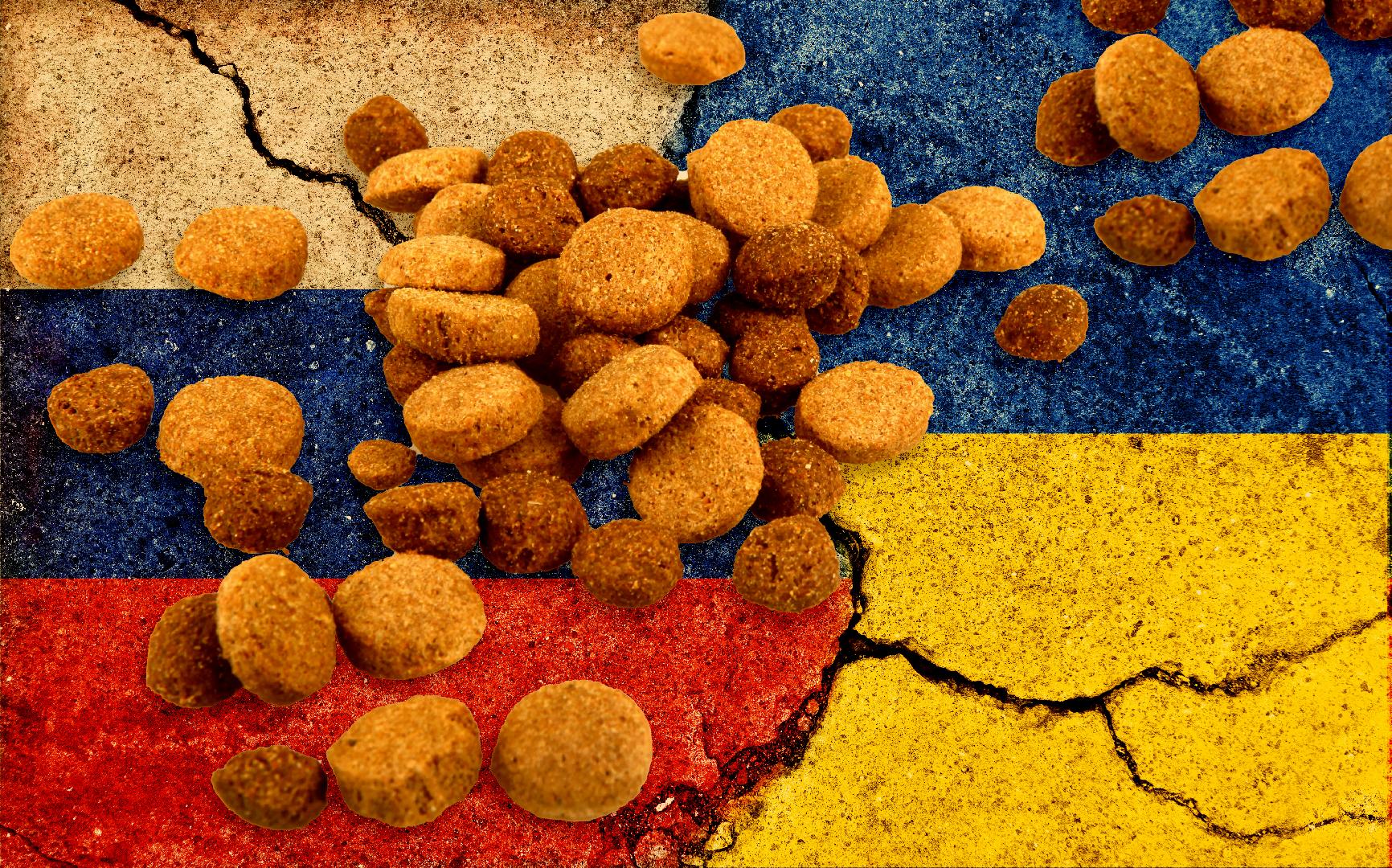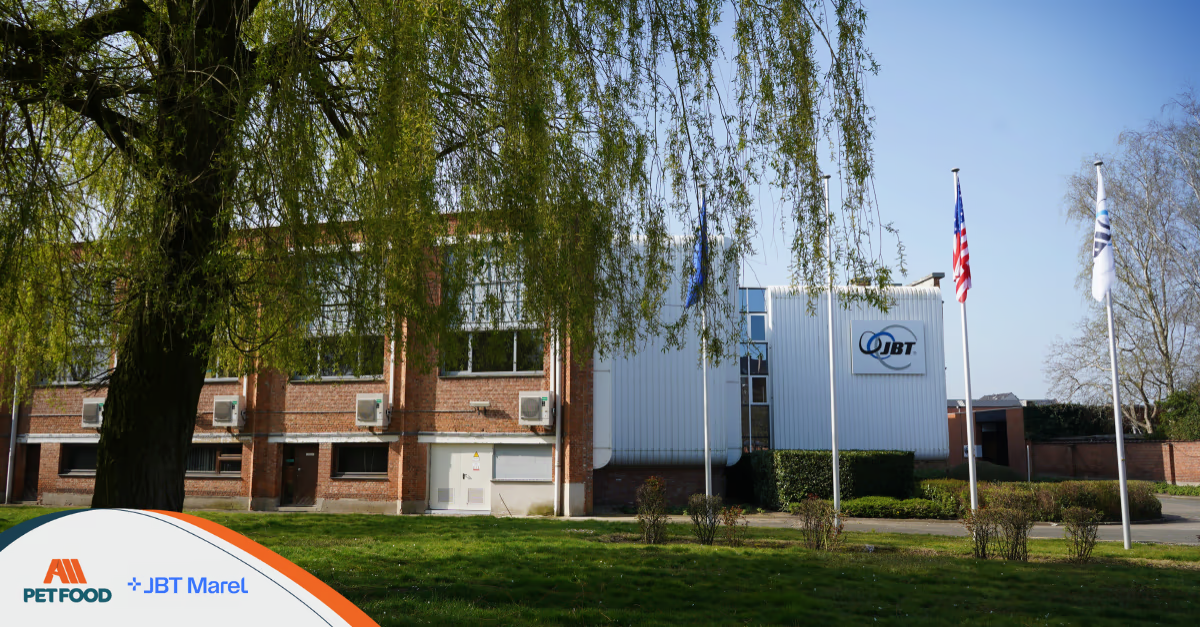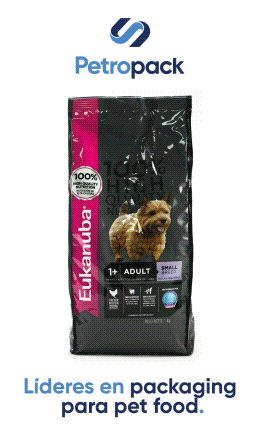Diverse data affirm that, in comparison with the numbers of previous years and statistics that are carried out since 1995, the percentage of Peruvians who choose dogs as their pets decreased; not so that of cats. Another important data is that this increase is perceived, mainly, in families with a socioeconomic level (SES) type D and E, the lowest.
The rise of the pet market has made many Peruvians see their 4-legged companions as one more member of the family group, providing all the necessary care for their happiness. Currently, the pet food market in Peru is very diverse and the competition is considerable.
According to t Millennium website, (although they are not official figures) it is estimated that currently almost 5 million households in Peru have at least one pet, which indicates that it is and can be a fairly profitable industry.
Some relevant data
- 78% buy pet food and 56% decide to feed them homemade food. A large part of the population, as the numbers indicate, mix both types of food.
- The brands with the largest participation in the Peruvian market are Ricocan, Ricocat, Mimaskot, Dog Chow and Friskies.
- A study carried out in 2019 affirms that 49% of Peruvian households have at least one pet and that, in addition, they are in charge of choosing the most appropriate food and hygiene measures for them.
- Although dogs are still the favorites in numbers, more and more people are considering sharing their life with one or two! cats In fact, 59% of cats and 30% of dogs were adopted in the year of the study. These being the smallest breeds.
- The ideal audience? Couples without children, married couples with children 5 years of age or younger and adults over 55 are the groups most inclined towards adoption.
- A surprising piece of information is the decision to have more than one, even two! dogs under one household. In that same year, having three small dogs in a family increased by 191%! Similarly, the inclination to have more than one cat grew: 143% for those who adopt 3 felines, and 155% for those who stop at two.
- In the latest data collected prior to the start of the coronavirus pandemic, it was detected that families were spending, on average, between about 200 and 300 soles per month for the care and maintenance of their pets, which would be between about 50 and 75 dollars today.
Main trends in the Peruvian market
The awareness about what is given to the pets of Peruvian families (and the world) is constantly increasing. From care, affection, to food, everything is taking on a new degree of importance and relevance in pet owners. A clear example of this is the exponential growth of brands with organic and / or natural proposals, such as Maxcat and Naturalis.
Some companies, such as Rintisa, the owner of the Ricocan and Ricocat brands, have been able to adapt to new market demands, so much so that they now foresee that innovation is and will continue to be a key factor in the development of pet food.
"The results have been very good. We are closing the year with 35% growth. We have high quality products, supported by our expertise and a value chain focused on the pet food category'.
Jesús Chuquilín, Rintisa's Commercial Manager.
Pet shops and online stores
This type of store has been growing significantly in recent years, but in a country where digitization in the industry came at its own pace, it should be noted that during the last year there have been substantial advances.
'Pet care is not a fad, nor is it a passing thing, it is a growing and very solid industry in many countries. Pets are a gold mine and even more so in the current quarantine conditions, where families live with them for many hours a day".
Guillermo Vargas, Innova ESAN mentor.
Pet shops and the entire industry related to pet care is booming. This is due, in large part, to the point mentioned above, the increased awareness of animal welfare, but also the improvement in personal income during the last 20 years, the independence of young people and the tendency to have fewer children have played a role. a very important role.
'If we consider that 60 %, about 4 million households, have at least one pet at home (according to CPI), and that these figures are almost three times the number of households with refrigerators in Peru, we can realize the potential of business that we have in front'.
In addition, during the last year the strong growth and opportunity of opening online services such as, for example, the sale of pet food at home, was established.
The CEO of Provet, an e-commerce specialized in drugs for pets, said that online pet shop businesses grew between 50% and 70%. For these businesses, their rapid management and development in the digital world has been a determining factor in generating trust and credibility in this new - but not so much - way of buying and selling products or services.
The local and global economic consequences of COVID-19 are undeniable, and it is likely that more than one Peruvian household has been affected in the first person. However, it is also undeniable that there has been growth in the industry, and this is likely because the pandemic has forced people to spend more time at home and / or with their pets.
Without a doubt, pets are becoming more and more a member of the family like any other who, in addition to feeding and loving, are given quality care.
It will be, once again, in the hands of the industry to know how to take advantage of this new panorama to bet on development and innovation in the sector.
Source: All Pet Food
You could be interested: Impulse Purchases Still Strong
About author
Luciana ChippanoI am Luciana Chippano, I accompany digital business owners in Latin America to grow by boosting their sales with the most powerful tool: communication. I am CEO and founder of the first academy of Copywriting and strategic digital communication in Latin America. And from there I accompany business owners with personalized mentoring, workshops, courses and advanced training to optimize their communication and sell more.
About author
María Candelaria CarbajoI’m a creative, interdisciplinary person, translator, and editor. I collaborate in producing and writing creative, high-impact projects to promote cultural exchange, transmit differential values, and connect with people/the audience. Likewise, I enjoy teamwork and joining forces, experiences, and knowledge to bring the world all the potential of those ideas that seek to impact people’s lives positively.
Market Information
07/08/2025
The American Pet Products Association (APPA) Releases 2025 Dog & Cat Report, Revealing a New Era of Pet Ownership
29/07/2025



















































